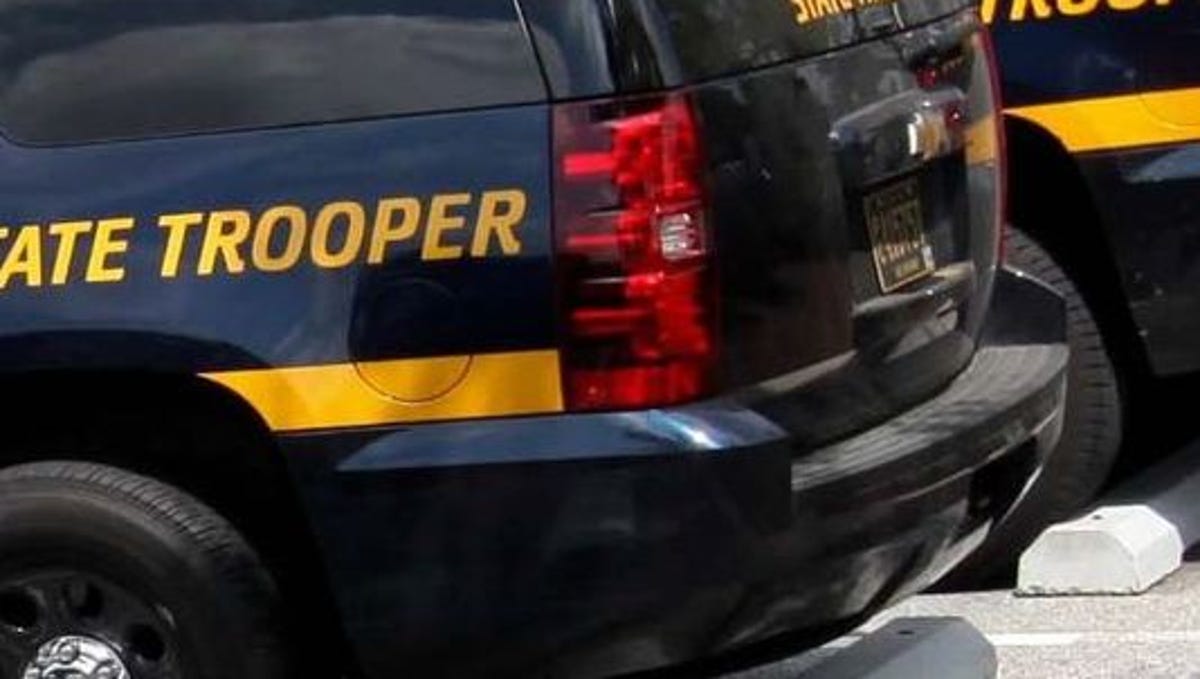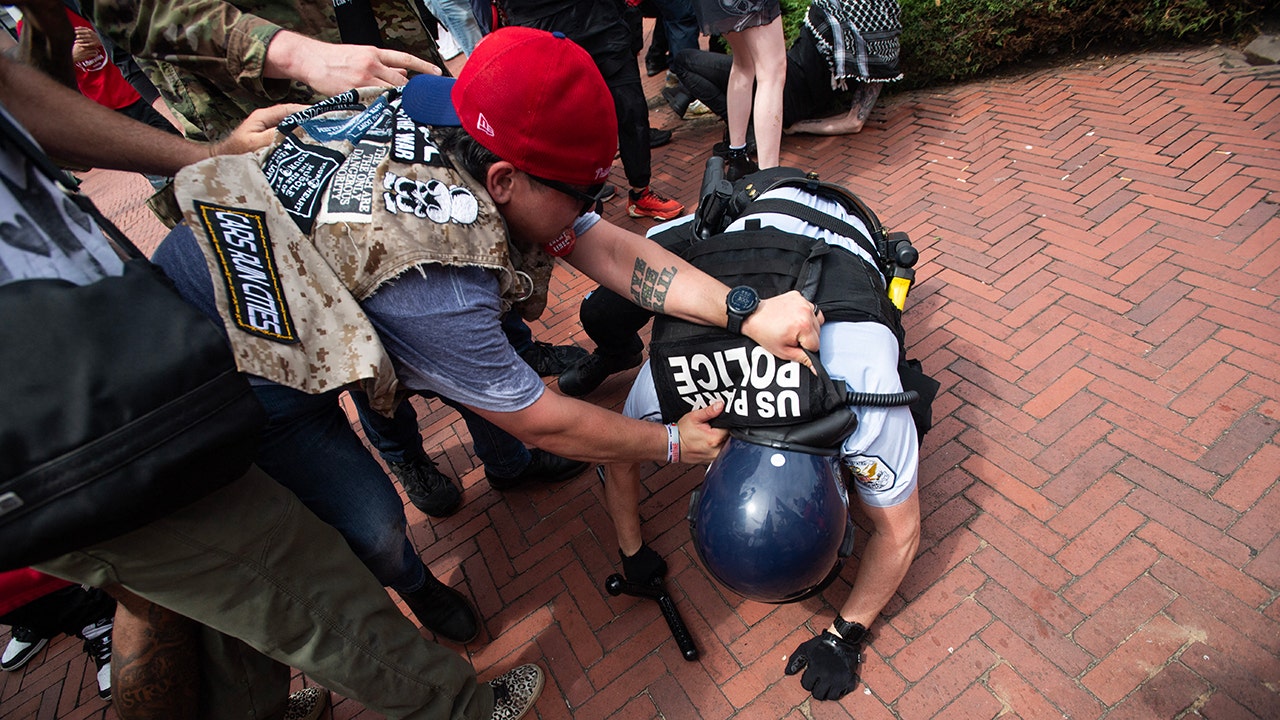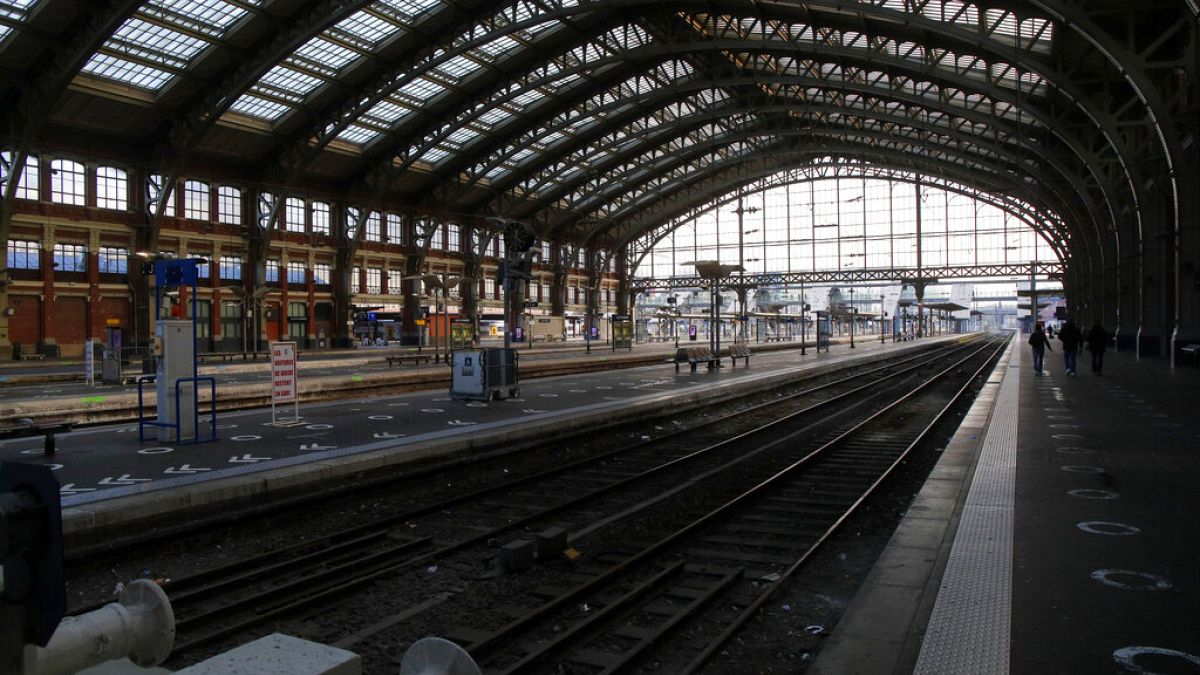Hawaii
These seniors are learning Hula to celebrate Hawaiian culture

SAN RAMON, Calif. — “Hula is the language of the heart, and therefore the heartbeat of the Hawaiian people,” says Desiree Elder, a Hula instructor with the Polynesian dance revue, Island Spice.
“Many people visit Hawaii,” Elder says, “and they think that Hula is just wiggling around. But Hula is so much more than that.”
Elder teaches Hula to all ages, but her most unique class is probably the 55-and-over instruction for mature adults taught at San Ramon-Alcosta Senior and Community Center.
“The soft, graceful movements are really fun to do,” says Fiona Waterhouse, one of Elders students. “And the beautiful music which evokes everything Hawaiian.”
“This is like a godsend class,” adds another student.
Elder says she particularly enjoys teaching seniors because they’re a very engaging group of people.
“They want to learn,” she says, “they’re not done with life, they want to learn, they want to exercise.”
Many of Elders students agree, Hula dancing gives them an opportunity to move and exercise their bodies and their minds. They often give each other tips on how to learn the dance moves, allowing them to socialize and build friendships as well.
“When we came to this class, we didn’t know each other,” says Haldis Maeda, a student of the 55+ beginners class. “I had to learn all the different movements and what they’re called. And it’s really nice, because you’re all learning together. So it’s kind of like you’re helping one another out.”
Beyond creating friendships, the class immerses students in Hawaiian culture.
“When you teach them about Hula, you just can’t teach them moves and language,” says Elder, “They also learn about basic Hula dance traditions, because there are a lot of traditions that go with dancing Hula. How to stand, how to put your costume on, so there are a lot of different aspects of the Hawaiian culture that get brought into classes.”
Elder says learning about Hawaiian culture and Hula is especially impactful during Asian-American and Pacific Islander (AAPI) heritage month.
“People from all over the world go to Hawaii and go there for vacation,” she says. “And then you forget about Hawaii. Hawaii has its own unique culture, you have a place that actually had a kingdom on United States land. It’s the only place that has a palace in the U.S. So it’s a very unique type of culture. And for people to recognize that during this month, AAPI heritage month, it’s very good because get a chance to be more inquisitive about it. Maybe they look into it, maybe take a Hula class, maybe buy a book about Hula, or about Hawaii in general.”
AAPI Heritage Month celebrates the accomplishments of Asian Americans, Native Hawaiians, and Pacific Islanders. Through hula, these seniors honor the traditions of the islands.
“Every time we come together and dance hula,” Elder says, “we celebrate the Hawaiian culture.”
To learn more, and to sign up for a hula class, visit here.

Hawaii
Woman charged for prohibited rifle, ammo discovered during traffic stop

HONOLULU (HawaiiNewsNow) – Hawaii County’s prosecuting attorney said a Hilo woman has been charged with prohibited possession of a rifle and ammo as well as felony drug offenses.
Police said Jackie Carter, 30, was arrested and charged following a vehicle traffic stop off Kilauea Avenue.
According to police reports, after executing a search warrant of the vehicle Carter was driving, officers recovered a Remington bolt action rifle and live .243 ammunition.
Officials said Carter was charged with the following offenses:
- Ownership or possession of a firearm prohibited
- Ownership or possession of ammunition prohibited
- Promoting a dangerous drug in the third degree (possess any amount of methamphetamine)
- Promoting a dangerous drug in the third degree (possess any amount of oxycodone hydrochloride)
- Promoting a harmful drug in the fourth degree (possess any amount of alprazolam)
- Driving without a license
- Not having no-fault insurance
The prosecutor’s office said Carter faces a penalty of a five-year prison term or four years probation and up twelve months in jail.
Officials said she remains in custody in lieu of $84,000 bail.
Police ask anyone with information on the incident to call CrimeStoppers at (808) 961-8300.
Copyright 2024 Hawaii News Now. All rights reserved.
Hawaii
‘Bring my A game’: Hawaii surfer Carissa Moore hopes to defend her Olympic gold title

HONOLULU (HawaiiNewsNow) – Carissa Moore is the most decorated competitive surfer in Hawaii’s history, topping former World Champs John John Florence, Andy Irons and Sunny Garcia.
And she’s the only Hawaii surfer to ever win Olympic gold in surfing.
Of course, Duke Kahanamoku won multiple medals, but those were in swimming.
“It was super, super special to you know, I felt like through the Olympic journey, last time, I felt like I got to learn a lot about Duke Kahanamoku and his legacy and feel a deeper connection and pride for where I come from, the place treally raised me, the waves, my community and being able to like, represent and surf for something bigger than myself,” Moore said.
Moore competed in the 2020 Tokyo Summer Olympics, which was held in 2021 due to the pandemic, and became the first-ever winner of the Olympic gold medal in women’s shortboard surfing.
“Obviously getting to win in Tokyo in 2021 was so so special. But so many things had to fall into place. And so I don’t really feel too much pressure to have to back it up,” she said. “The Olympics far exceeded my expectations that I had, it was the first time so I didn’t really know what was going to happen or how it was gonna change surfing or, you know, if it was just gonna be like another CT event.”
“But it definitely did feel like a bigger stage.”
That’s in the rear view mirror now. Since the landmark victory, Moore has been able to get some me-time.
Previous Coverage: Carissa Moore is stepping away from competitive surfing, but she left a lasting impact
“So I, I’ve actually got to have a few months to just relax and go to Japan with my Nana and my sister. And, you know, I decided to step away from competing full time this year to focus on the Olympics, but also have some time to like, do other things. So it’s been a nice balance of both,” Moore explained.
In preparation for the Olympics, Moore has been logging a considerable amount of time training down in Tahiti on a wave that is not for the faint of heart.
“It’s one of the most intense, intimidating, challenging waves to surf, you really have to have a high level of skill to like read the wave and navigate the steep takeoff. And obviously, there’s a huge risk involved. There’s a shallow reef and you could get very hurt, but you could also have the ride of your life. Comfortable level is, you know, it’s getting there. I think the more than I spend time at the wave and hopefully learn and, and you know, just get the reps up, that will help me to feel more confident. But at this point, I don’t, I don’t know if you can ever feel like 100% comfortable,” Moore said.
Then there’s the competition, the best of the best will be there, including one Tahitian woman who has the luxury of a home break advantage.
“Everyone’s earned their spot and are very, very talented and experienced,” Moore said. “And I’m gonna have to bring my A game if I want to do well there and put in the work.”
Among Moore’s accolades is 11 national titles, five world titles and the Olympic gold title. While she’s a fierce competitor in the water, Moore says it takes a lot to tap into that side of her.
“It’s definitely not natural for me to like, just be super competitive, or confrontational. But like, you have to have a little bit of that like hunger and drive and fire and like get up close and personal at times,” she added.
When asked if another Olympic gold medal could a be trigger back to competing for the world championship again, she responded:
“I don’t know honestly, I haven’t really thought too much further than this summer I’m just trying to really simplify things… I will definitely give myself some space to kind of figure out what I want to do next.”
Win or lose, Moore’s next move will involve her Moore Aloha Foundation which aims to help girls and women navigate the waves of mental health and wellness, and create a life of positivity, purpose and passion.
Her message to young people?
“If I had any advice to the young ones coming up, or just anyone in general, I think just this belief that anything really is possible with hard work and dedication and a lot of love and a lot of aloha. Yeah, you can achieve your wildest dreams. I truly believe that.”
Copyright 2024 Hawaii News Now. All rights reserved.
Hawaii
Big expansion of Hilo Harbor entrance still in the works – West Hawaii Today
-
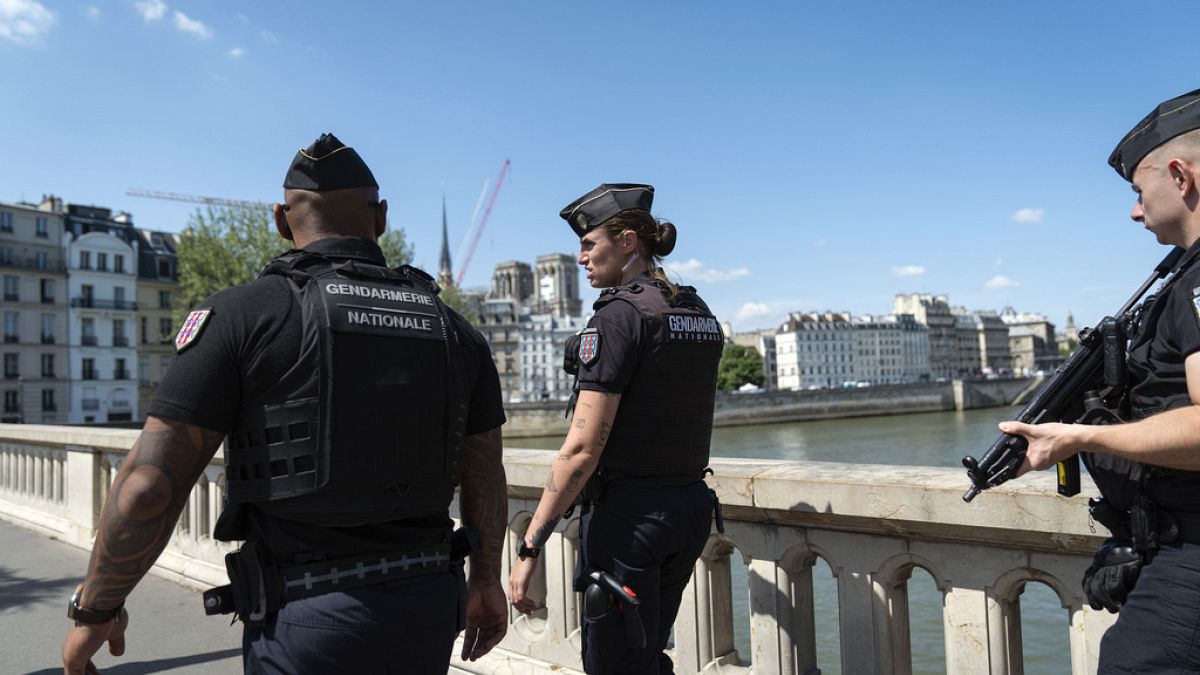
 World1 week ago
World1 week agoOne dead after car crashes into restaurant in Paris
-

 Midwest1 week ago
Midwest1 week agoMichigan rep posts video response to Stephen Colbert's joke about his RNC speech: 'Touché'
-

 News1 week ago
News1 week agoVideo: Young Republicans on Why Their Party Isn’t Reaching Gen Z (And What They Can Do About It)
-

 Movie Reviews1 week ago
Movie Reviews1 week agoMovie Review: A new generation drives into the storm in rousing ‘Twisters’
-

 News1 week ago
News1 week agoIn Milwaukee, Black Voters Struggle to Find a Home With Either Party
-
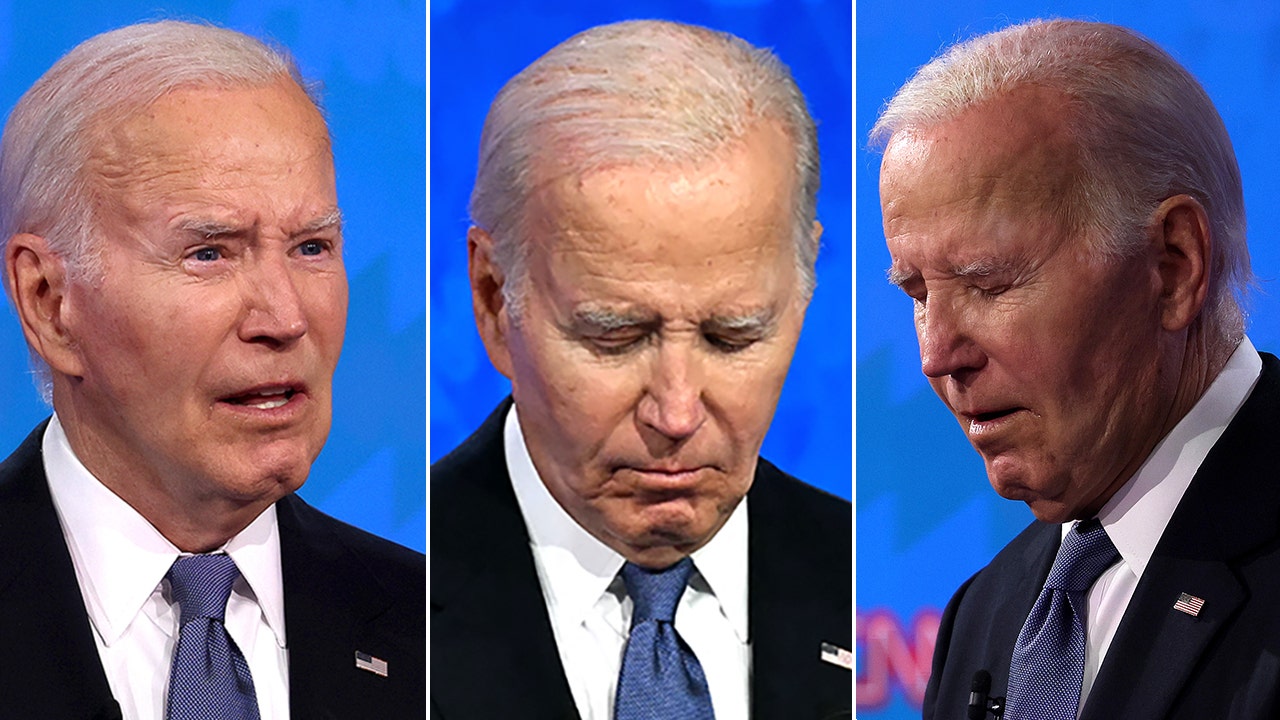
 Politics1 week ago
Politics1 week agoFox News Politics: The Call is Coming from Inside the House
-

 News1 week ago
News1 week agoVideo: J.D. Vance Accepts Vice-Presidential Nomination
-

 World1 week ago
World1 week agoTrump to take RNC stage for first speech since assassination attempt








